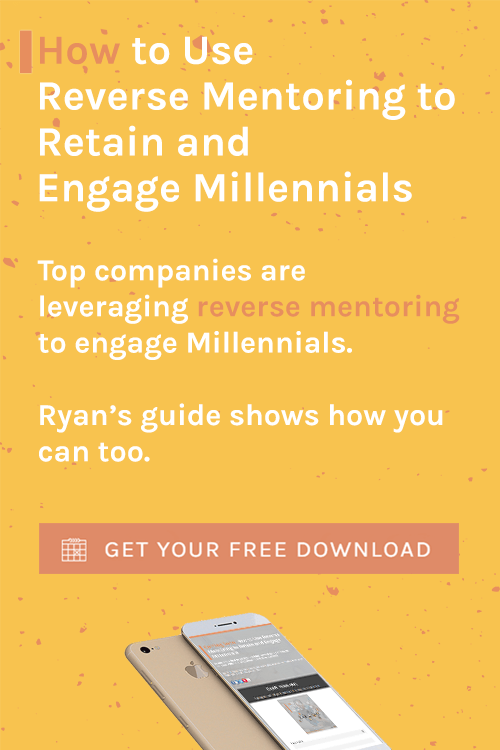A big clue to the importance of human connection is hidden in plain sight.

Biology made a bet on your well-being millions of years ago, so why are we now turning a blind eye to this genetic advantage?
You've likely been in one of these scenarios recently:
-
Your significant other holds your gaze during a challenging conversation, making you feel seen and heard.
-
Your friend quickly darts their eyes to the left during lunch to indicate that a celebrity has just sat down at the adjacent table, and your eyes quickly follow your friend's glance.
-
Your colleague's eyes wander over your shoulder during a face-to-face discussion; besides feeling inferior and frustrated, you instinctively turn around to see what has their attention.
What non-verbal element is connecting you with the other person in these scenarios? The sclera, the white part of our eyes.
The human eye evolved to have visibly distinctive characteristics to make it easier for others to follow our gaze while communicating or working together on tasks. Humans are the only animals to have such a distinct color contrast between the white sclera, the colored iris, and the black pupil, making our eyes more prominent and readable.
Surprisingly, while other animals, such as dogs, guinea pigs, horses, gorillas, etc., have sclera, theirs are not clearly visible as are those of humans. This is because they are less cooperative, and it’s more important to hide the direction of gaze from each other, so as not to give away the location of food, for example. According to some studies, canines who hunt in groups are much more likely to have visible white sclera than those who hunt alone.
Our eyes aren't just for seeing, but for connecting.
Evolutionarily, the value of being able to quickly and nonverbally communicate our intentions outweighed the downside of potential enemies predicting our next move. The sclera makes human collaboration and connection with others easier and more efficient. Biology bet on connection over deception because telegraphing our attention to the tribe knits us together and is beneficial to our collective social well-being.
Deception still occurs—such as football quarterbacks "looking off" defensive players or poker players using sunglasses—but it goes against our natural wiring. However, deceiving someone with eye gaze (or the lack thereof) can be used to read emotional states. Emotional expressions can be amplified using our prominent irises and can help us gauge how sincere someone is.
There is more than meets the eyes with your eyes. Your biology has primed you to connect.
The "cooperative eye hypothesis," originally proposed in 2002 by researchers at the Tokyo Institute of Technology, suggests that being able to quickly tell the direction of someone’s gaze is an important part of non-verbal communication. This may have been useful to our ancestors when hunting in groups: A quick flick of the eyes from one hunter would be enough to alert the others that they had spotted something.
This hypothesis has been subsequently tested by Michael Tomasello and others at the Max Planck Institute for Evolutionary Anthropology in Germany. Researchers there examined the effect of head and eye movement on changing gaze direction in apes and humans. They discovered that apes preferred to follow head movement over eye movement. Yet human infants demonstrated a preference for following another human's gaze, made possible by the visible sclera.
The ability to track another person’s eye movement builds and strengthens social connections. The clear visibility of the sclera in humans points directly to social interconnectedness. It assists humans with inferring that someone might have noticed something we haven't or understand that others have a different perspective, which is known as theory of mind. This is important as it binds us together through our eye-mediated communication.
Interestingly, the Head of Psychological Sciences at the University of Melbourne, Professor Nick Haslam, found that children with autism aren’t as interested in stuffed toys with visible eye whites as other children and adults. “It’s not surprising perhaps that people who are less adept at social perception and are less attentive of other people’s gaze don’t care much for eye whites,” Haslam has said. “Humans evolved visible sclera because our much more developed theory of mind makes conveying and reading others’ gaze direction and emotional expressions much more important for our social intelligence.”
So if eyes aren't just for seeing, but for connecting, how much true connection occurs in digital spaces where gazes are directed at web cameras and keyboards? How much connection, collaboration, and emotional intelligence is missed when attentional interaction is absent?
How reckless of us to think we can buck biology and direct most of our human attention onto inhuman objects.
Considering the single greatest predictor of human health and happiness is the quality of our social connections, we should fight for more eyeball-to-eyeball attentional interaction because it's plain (white) to see that we are wired for connection.
As a team connection keynote speaker and trainer, I help companies build stronger teams and cultures via human connection. If you'd like help solving tough teamwork challenges inside your organization, click here.





